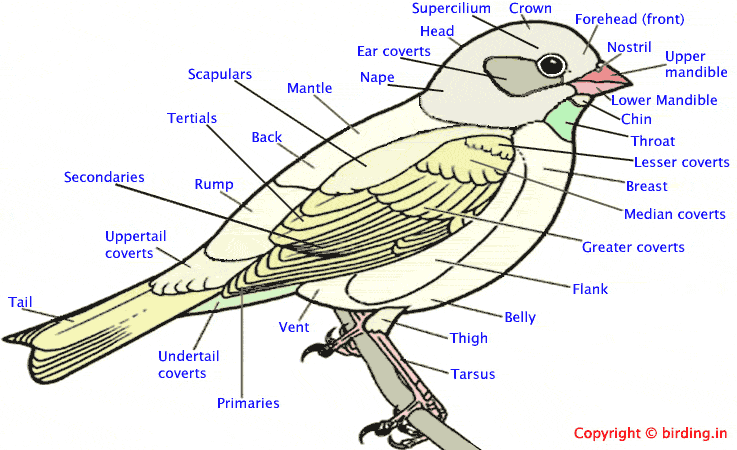Birds are reptilelike animals and are endotherms, which means they can generate their own body heat;they have an outer covering of feathers and two legs that are covered with scales and used for walking or perching, and front limbs modified into wings.The ways in which birds carry outtheir life functions, such as obtaining food and oxygen, contribute to their ability to flight. They have a lot of adaptations that enable them to fly. Some of them are:
- HHighly efficient digestive, respiratory and circulatory systems
- Aerodynamic feathers and wings
- Strong chest muscles
Reproduction in birds:
Both male and female reproductive tracts open into the cloaca. The sex organs which are internal. As birds preparate to mate, the ovaries and testes grow larger until they reach the functioning size. Mating birds transfer spermform the male to the female by pressing their cloacas together.
Birds eggs are amniotic, they have hard outer shells.Most birds incubate their eggs until the eggs hatch, when a chick is ready to hatchit makes a small hole in the shell and then it brakes open. The newborn chick allows its feathers to dry and its parents take care of it, providing food.
Respiration in birds:
When a bird inhales, most air first enters large posterior air sacs in the body cavity and bones. Air flows through the lungs and travels in a series of small tubes, which are lined with specialized tissue, where gas exchange takes place. This system ensures that air flows in a single direction, exposing lungs to oxygen-rich air. As an advantage this helps bird mantain their high metabolic rate. This metabolic rate is needed to mantain body temperature and have enough energy for flight.

